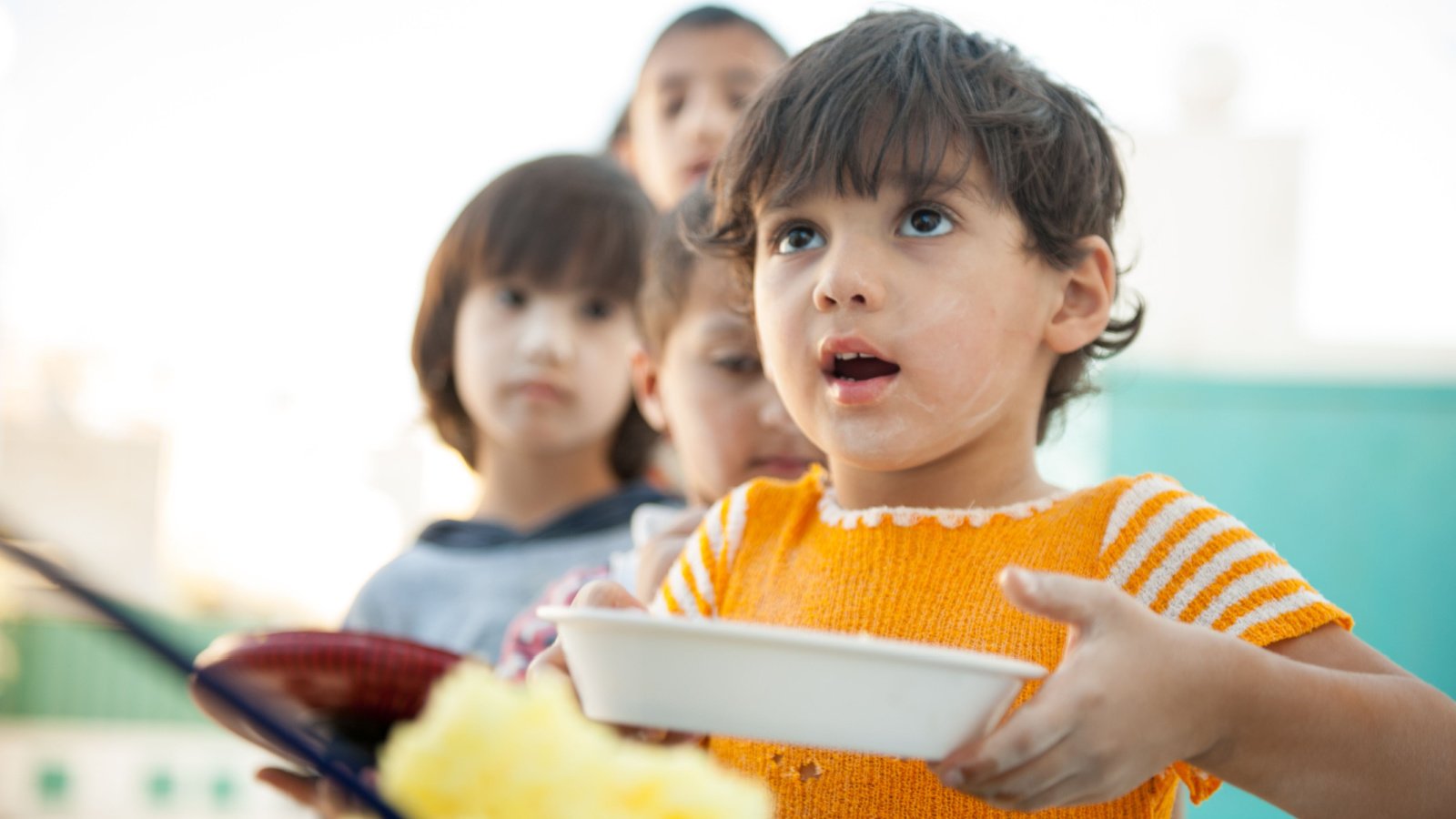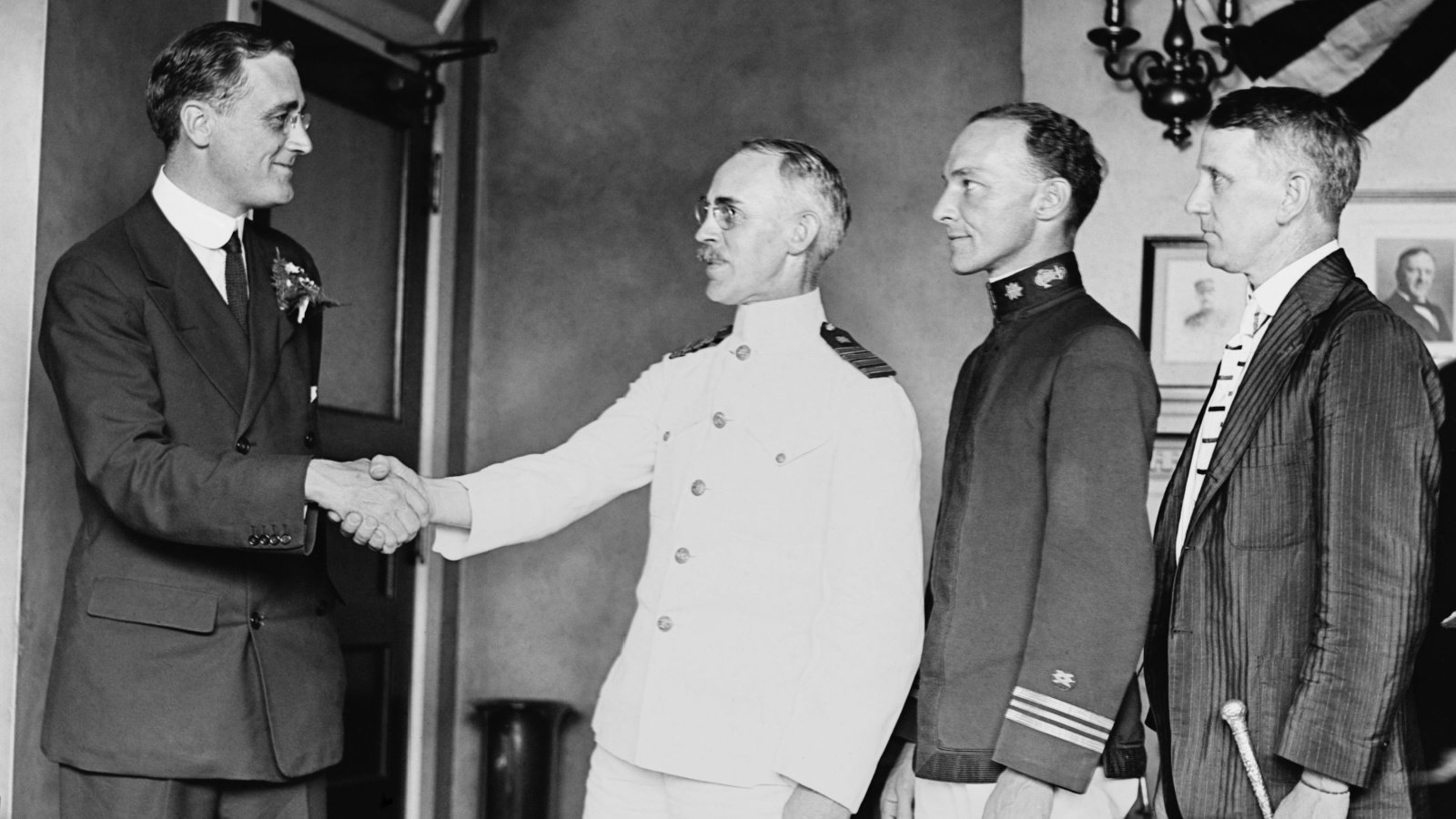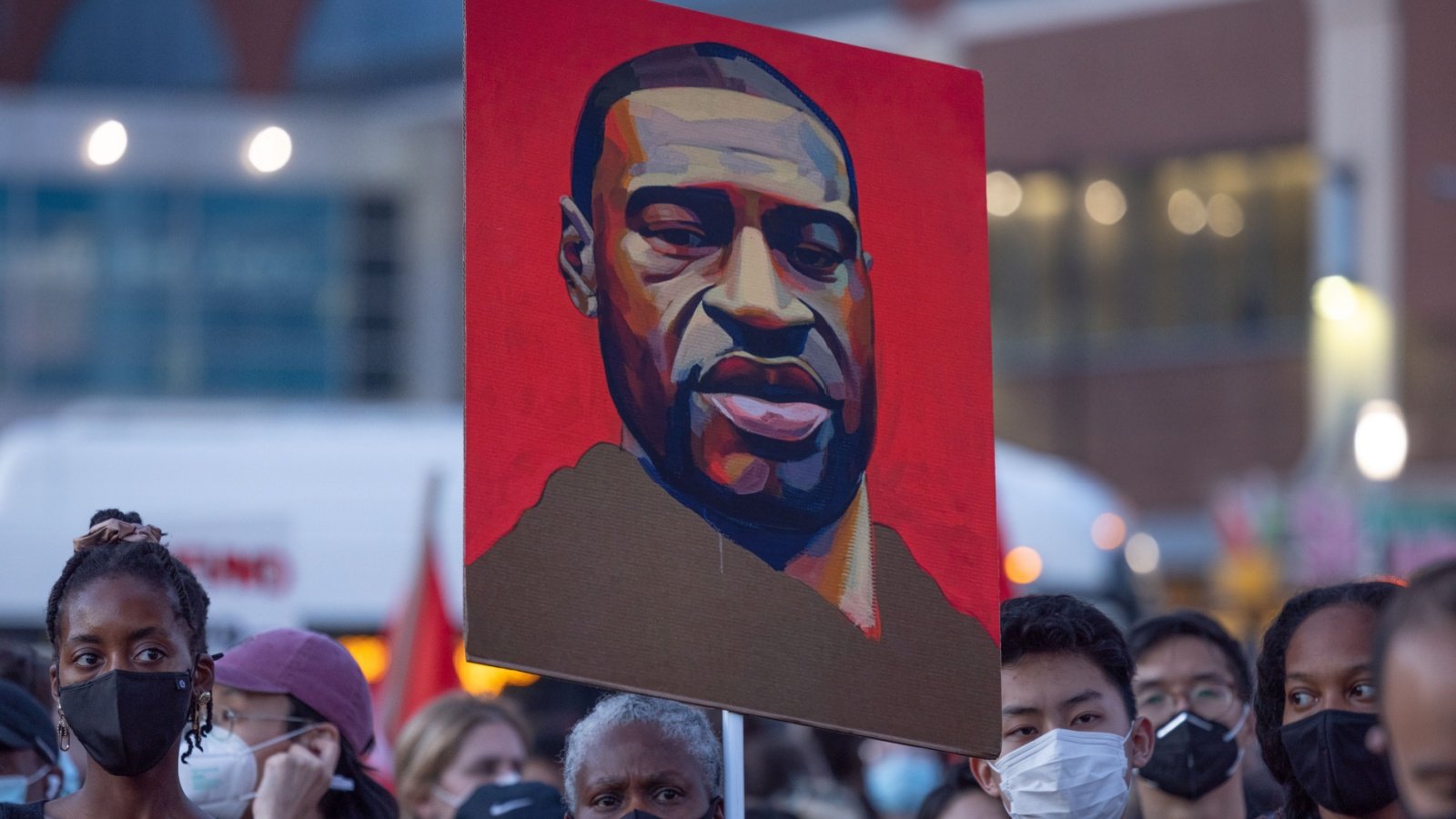Growing up poor shapes a child’s experiences and worldview, influencing their outlook on money, relationships, and opportunities in life.
These children learn resilience, navigating challenges with an acute awareness of the value of money. From wearing hand-me-downs to eating cheap meals, they develop resourcefulness and appreciation for the little things but they may also carry the stress and insecurity into adulthood.
Here are the telltale signs of a childhood spent in poverty:
Hand-Me-Downs

Growing up with little money often meant wearing hand-me-down clothes from older siblings or cousins. These items rarely reflected current fashion trends and sometimes showed signs of wear, such as fading and patching. The experience often led to feelings of embarrassment among peers.
Cheap Meals

A childhood marked by economic strain featured many budget-friendly meals like rice, beans, and pasta. Families often relied on these inexpensive staples to stretch their weekly food budget. While these meals could be nutritious and filling, they lacked variety and sometimes nutrition.
Limited Activities

Children from low-income families often had to skip extracurricular activities that required fees or equipment. Instead of soccer practice or music lessons, they might have spent after-school hours working or helping at home. Missing out on these activities could limit social interactions.
Older Technology

Using outdated technology, such as older-model computers or hand-me-down phones, was common for children in less affluent homes. These devices often struggled with newer software or ran slower, affecting the quality of schoolwork and access to the Internet. This tech gap could place them at a disadvantage compared to their peers.
Free Lunch

Qualifying for free or reduced-price school lunches was a common indicator of a family’s financial status. This program ensured that the child received at least one nutritious meal per day. While beneficial, it sometimes led to stigmatization from classmates.
Creative Gifts

Birthdays and holidays in low-income families often featured homemade or creative gifts rather than store-bought items. Parents might knit a sweater, build a toy, or craft a piece of jewelry to save money. These gifts, filled with personal touch and love, sometimes felt less exciting.
Less Travel

Vacations were rare, if they happened at all because travel and holidays were considered luxury expenses. Family trips might only consist of visits to nearby parks or relatives’ homes that didn’t require overnight stays.
Secondhand Toys

Books and toys were typically secondhand, sourced from garage sales, thrift stores, or passed down from friends and relatives. While these items were cherished, they often came with signs of considerable use. Access to new books or the latest toys was a rare treat and highly valued.
Energy Saving

In homes with tight budgets, children learn early on to be conscious of energy usage. Lights were always turned off in unoccupied rooms, and heating was kept to a minimum during winter to save on utility bills. Such habits were born out of necessity rather than environmental consciousness.
DIY Repairs

Instead of calling professionals, families with little money often turned to DIY solutions for home and appliance repairs. Children learned practical skills as they watched and helped their parents fix leaky faucets or mend broken furniture.
Public Transit

Owning a car was a luxury that many low-income families could not afford. Instead, children became familiar with public transportation or relied on walking to get around. While this could be limiting, it also instilled a sense of independence.
Chores

Children from families with little money often took on significant household responsibilities. They might have cared for younger siblings, cooked meals, or managed some home finances. These responsibilities matured them quickly but also added an extra layer of stress.
Money-Aware

Children in these circumstances were acutely aware of the household budget’s constraints. Discussions about money, bills, and the need to save were common from an early age. This transparency helped develop financial literacy.
No Cable TV

Cable television was considered an unnecessary expense. Families often relied on free broadcast channels, if they had a television at all. This meant missing out on popular shows and cultural references that classmates might discuss.
Community Programs

Participation in community assistance programs like food pantries or holiday gift drives was common. These programs helped provide necessities during particularly tight financial times. While helpful, reliance on such aid could feel stigmatizing to a young child.
Rare Doctor Visits

Preventative healthcare was often a lower priority due to cost concerns. Doctor visits were reserved for only clearly necessary cases, sometimes leading to worse health outcomes from treatable conditions. Dental checkups were particularly rare unless urgent.
Shared Bedrooms

Personal space was a luxury, with siblings often sharing bedrooms and sometimes beds. This arrangement was necessary to accommodate larger families in smaller homes or apartments. While it fostered closeness between siblings, it also meant less privacy and personal space.
Value Shopping

Grocery shopping involves hunting for sales and using coupons diligently. Store brands were preferred over name brands to stretch each dollar further. Children often learned the value of comparison shopping and budget management.
Lack of AC

Air conditioning was often deemed too expensive to run regularly. Families would use fans or natural ventilation to cool homes during hot weather, leading to uncomfortably warm conditions. This was just one of many comforts sacrificed to save money.
Education

Higher education savings were frequently nonexistent, forcing older children to seek scholarships, loans, or cheaper educational paths. The pressure to contribute financially sometimes led to delaying or foregoing college altogether.
Utility Usage

Teaching children to be mindful of water and electricity usage was common. Showers were kept short, and non-essential water use was discouraged. These measures were necessary to keep monthly bills within a manageable range.
Minimalist Holidays

Holidays were celebrated with minimal spending. Decorations were homemade, and festive meals were simple. These celebrations, though modest, could still create a warm family atmosphere.
Barter and Trade

Families often bartered goods or services with neighbors or friends. This practice helped acquire needed items without spending money. Children learned negotiation and trade skills, which were practical in their resource-limited world.
Scholarships

Participation in camps, classes, or sports often depended on scholarships or community grants. Applications for financial assistance were routine, enabling participation in activities that were otherwise unaffordable.
Support Household

Older children in low-income families often started working young to help support household expenses. This early entry into the workforce taught responsibility and the value of money. However, it also shortened their childhood, pushing them into adult responsibilities prematurely.








